How to start your car after storage
If you’re lucky enough to run a classic car as a second vehicle, the warmer weather and longer evenings with daffodils popping up on the roadside signify that good times lay ahead. Whilst a lot of owners like to store their car over winter, this can also lead to problems. Sure, items like the bodywork and wheels and trim will thank you for keeping them away from water, road grime and salt, but a lack of regular use can also cause engine oil and petrol to begin to breakdown and parts that aren’t being lubricated through regular use to seize up or corrode. Don’t worry though; we'll run through a list of best recommissioning practices below. Here's how to start your car after storage.
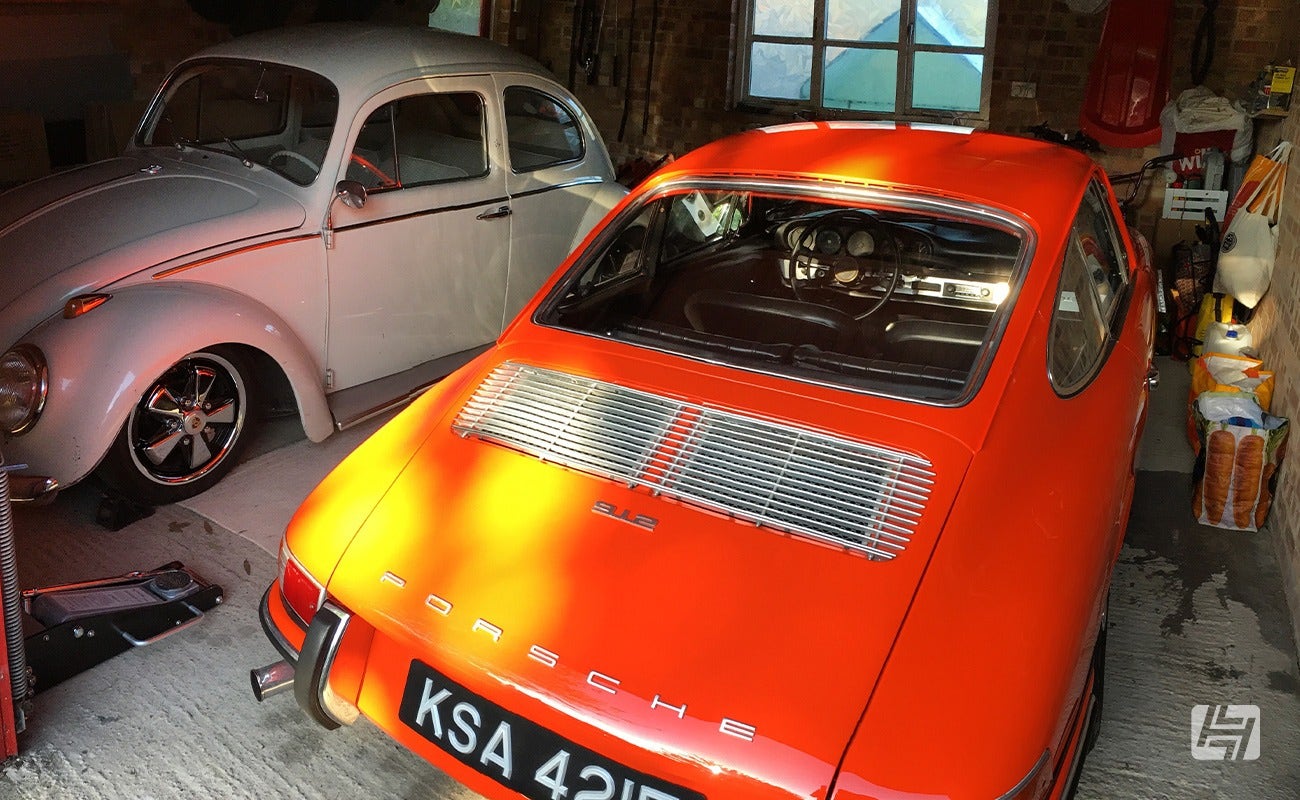

1. Visual inspection of the tyres
First things first, take a walk around your car. Look for obvious faults like flat tyres. You’ll need a tyre pressure gauge check they’re correctly inflated to ensure even tyre wear, safe handling and decent fuel economy and they always need a little top up after a winter lay-up. If they have been sat flat for a long time then give them a good check over for any cracks in the sidewalls. Remember to check and refill your spare tyre whilst you’re at it.


2. Check the ground for signs of fluid leaks
A failing brake wheel cylinder for example will often reveal itself by leaking fluid out the bottom of the drum and down the back of the wheel. Whilst you’re checking for this, see if there are any splits or bulges in the flexible brake hoses or any corroded hard lines. If you spot anything amiss with the brakes you'll need to carry out the necessary repairs before you do anything else and do not attempt to drive the car. Check the fluid level in the brake fluid reservoir and top up if necessary. If the level has dropped whilst the car has been stored this is a sure sign there’s a leak in the system somewhere. Generally speaking, a transparent, light brown oil on the floor points to a fault with the brakes, a black or very dark brown stain points to an engine leak and red or brown patches on the ground means fluid has escaped from the transmission. It will be easier to see where any leaks have come from if you check underneath before moving the car.
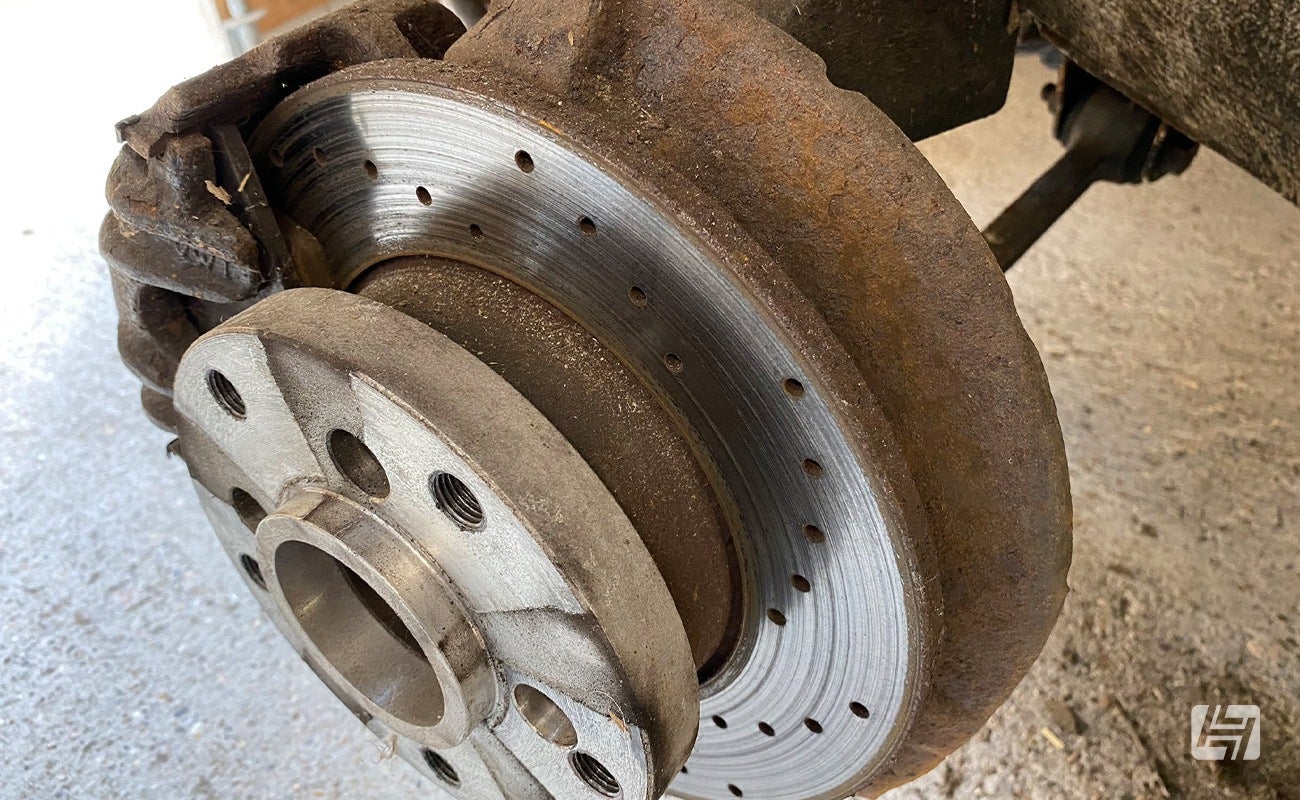

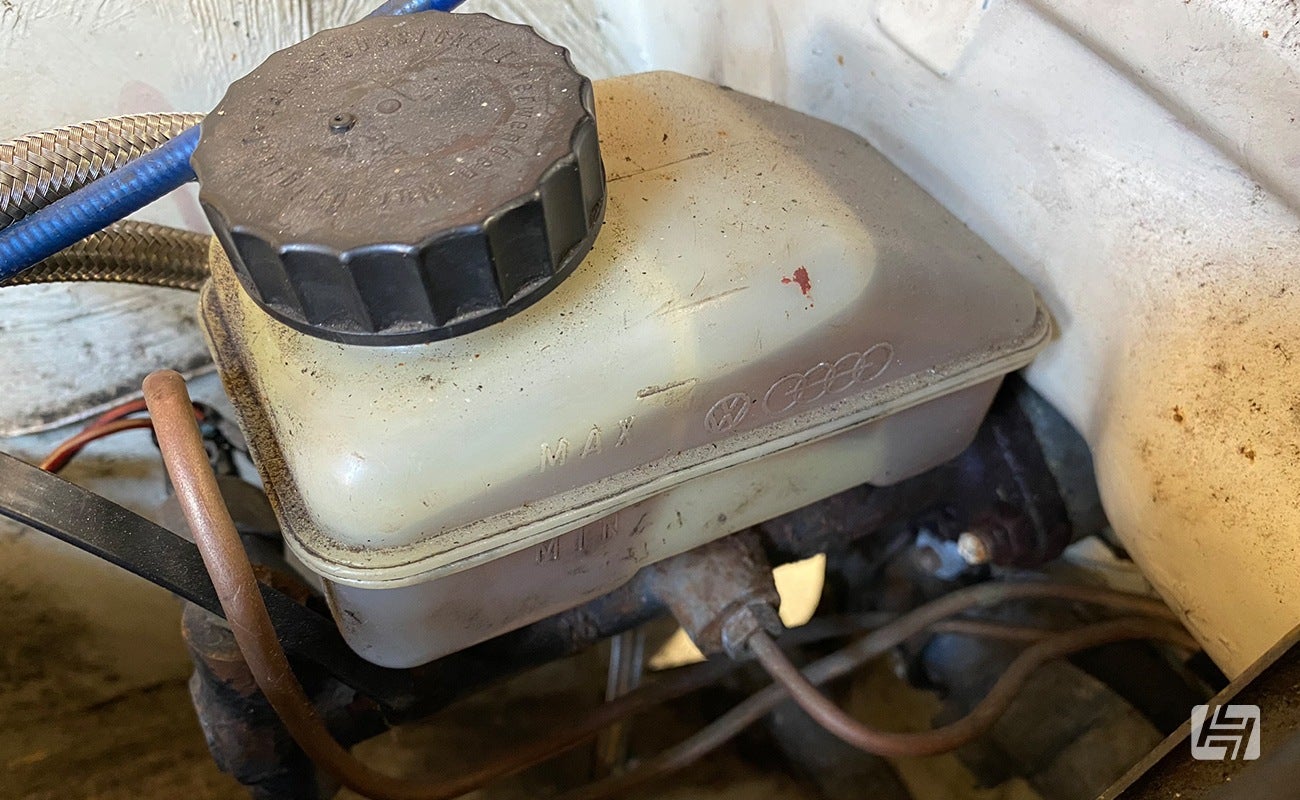





3. Check the engine oil and service parts
Pull the dipstick and check the engine oil level. It should be between the two marks. If it’s like thick black treacle you should change it. In fact, now is a good time to service your car as then you’ll know it’s ready for the year ahead. You should ideally change the oil and fit new ignition points and a condenser once a year regardless of mileage. Check out our handy engine service kits here. If you don’t, and your car fails to start then there is a good chance you have something wrong with the electrical system, like corrosion on the points. A quick file and gap checking normally does the trick, but why not change them now and be done with it?
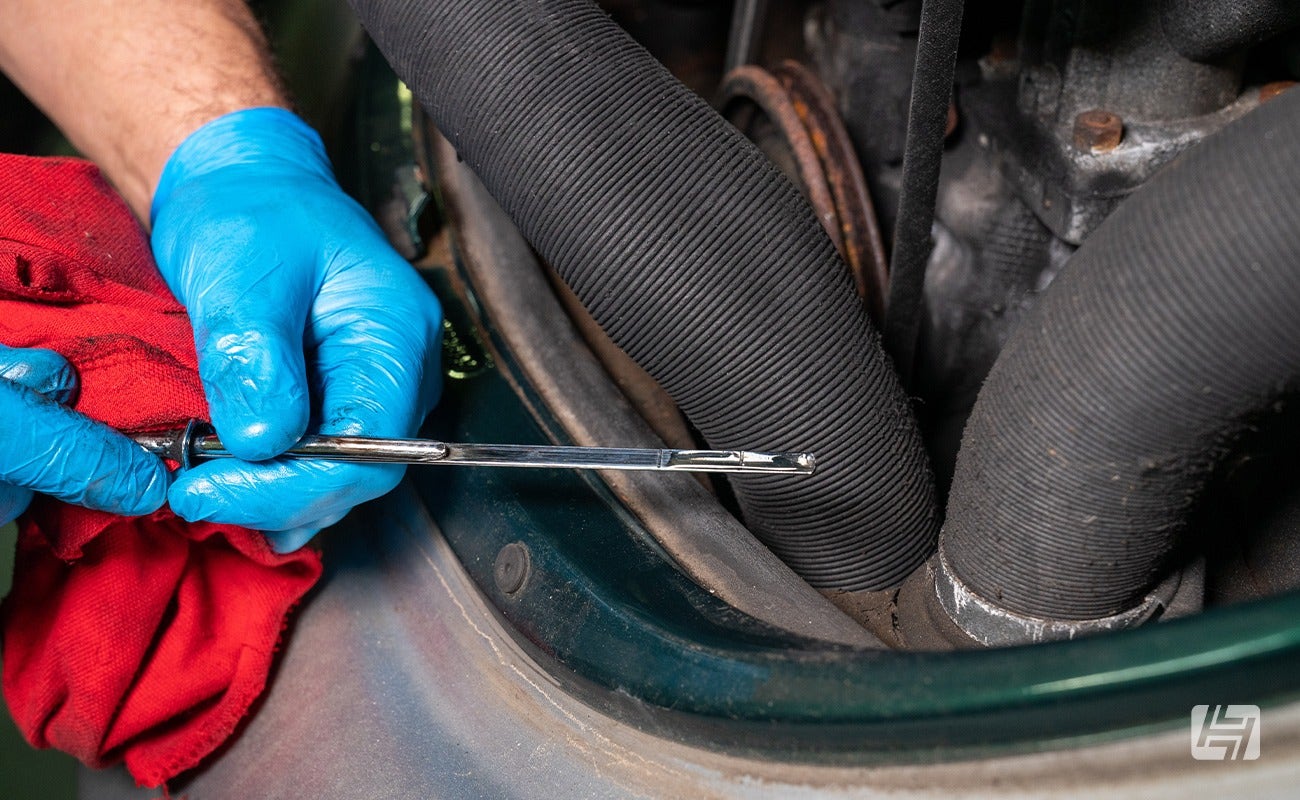

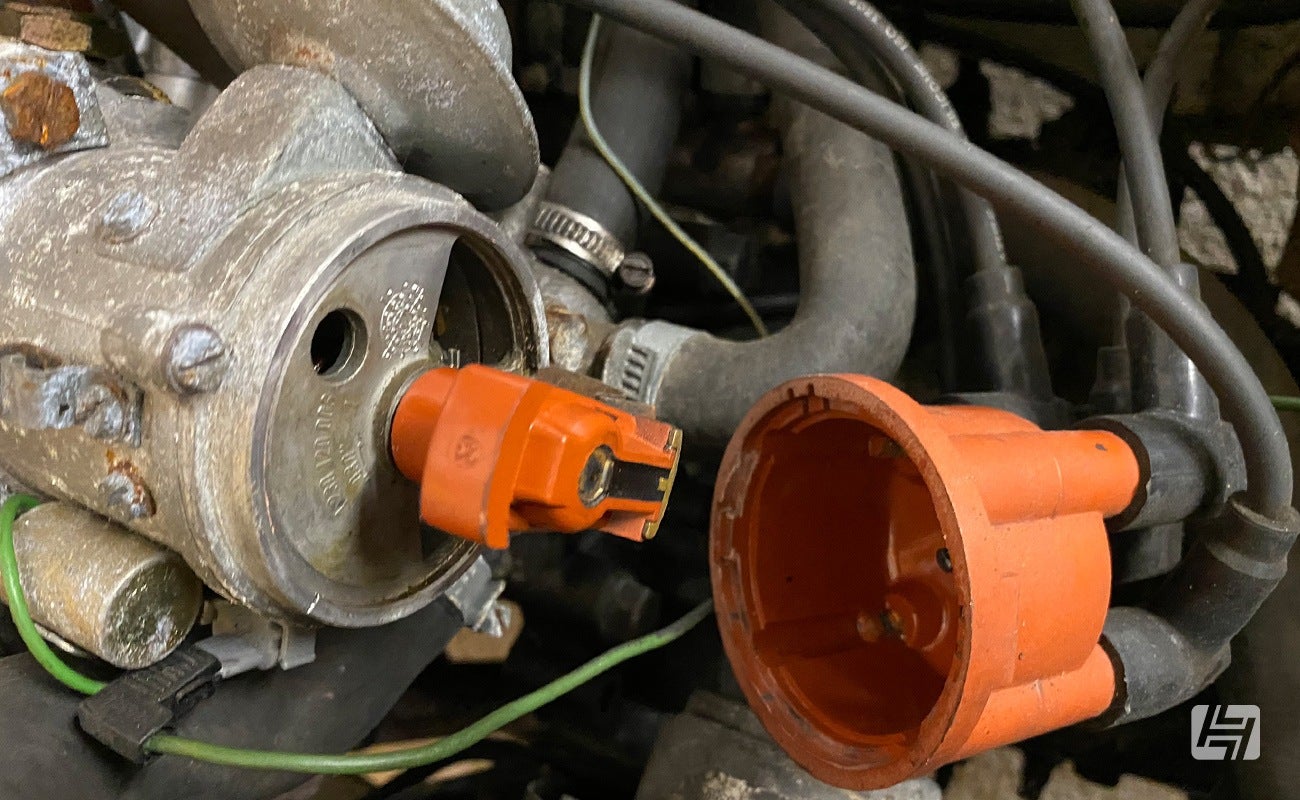

4. Check the fuel and fuel hoses
Old fuel goes off if you leave it sitting for long enough. Some people recommend draining the fuel system if you’re going to store a car for any longer than three months, but this can lead to other problems, like condensation or corrosion in the fuel tank. You should be fine to store a car over the course of one winter, but we’d recommend pouring a splash of fresh fuel into the tank to mix with the old stuff when you come to restart it. We’d also suggest you check all of the rubber fuel lines in the engine bay. They can perish over time, so cast an eye and ensure they are all properly secured with clamps and any filters you might have fitted aren’t in danger of coming into contact with anything hot.
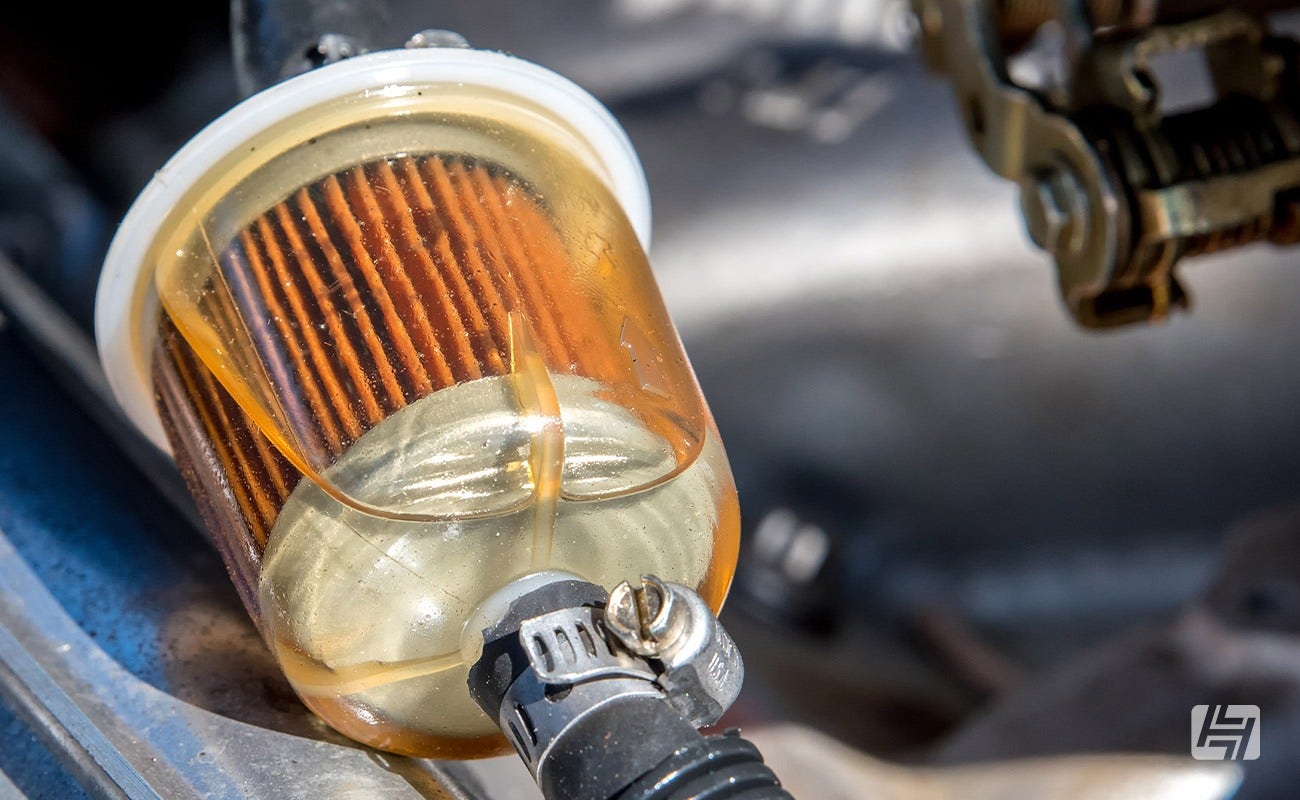

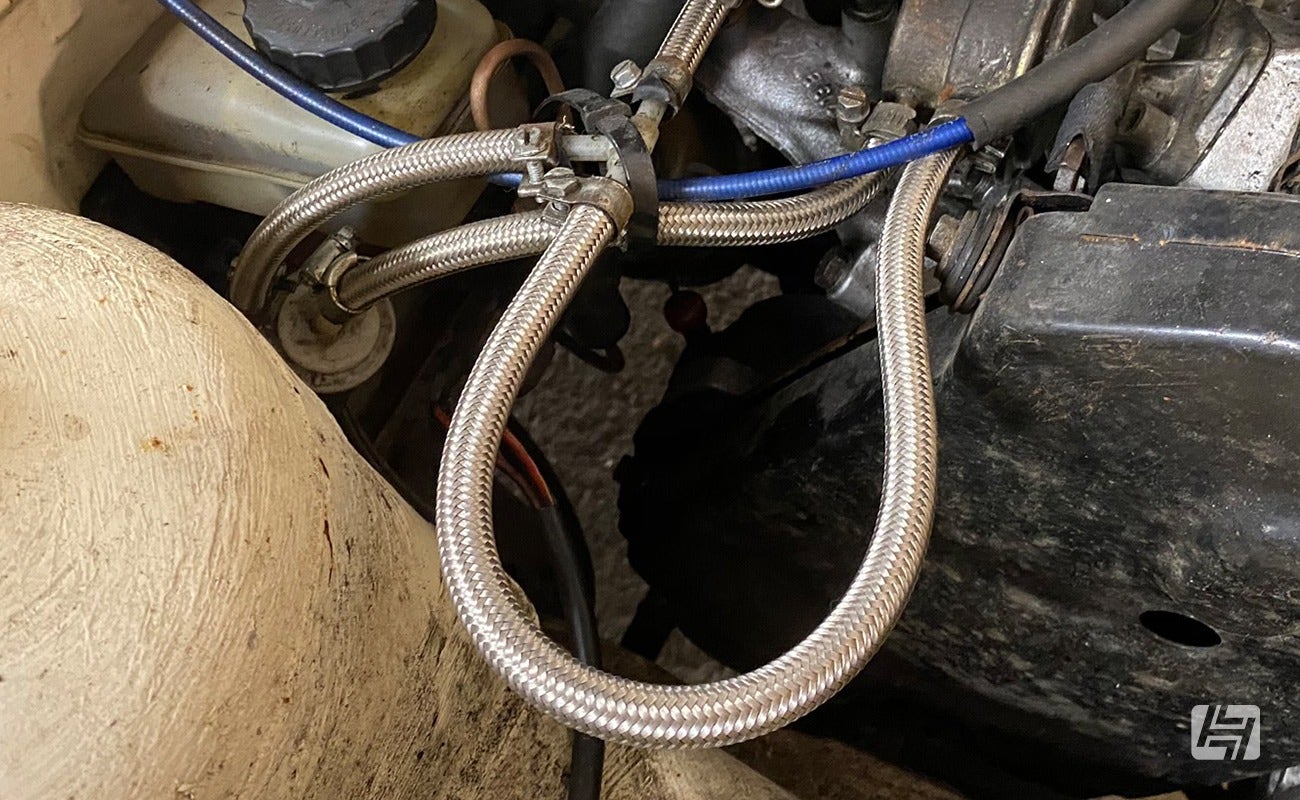

5. Check the battery has power
One of the most common issues you’re likely to encounter when storing a car over the winter is a flat battery. Simply put, the more you drive a car the more opportunities the charging system has to top up the battery. Leaving a car idle in a cold garage will drain an old battery to a point where it no longer has enough juice to turn it over when you come to start it. If you haven’t had it hooked up to a trickle charger or regularly started your car throughout the winter and ran it for a good 10 minutes or so, you might need to pop a battery charger on it for a while. Check the tightness of the terminals and clean off any corrosion to ensure you have good contacts.
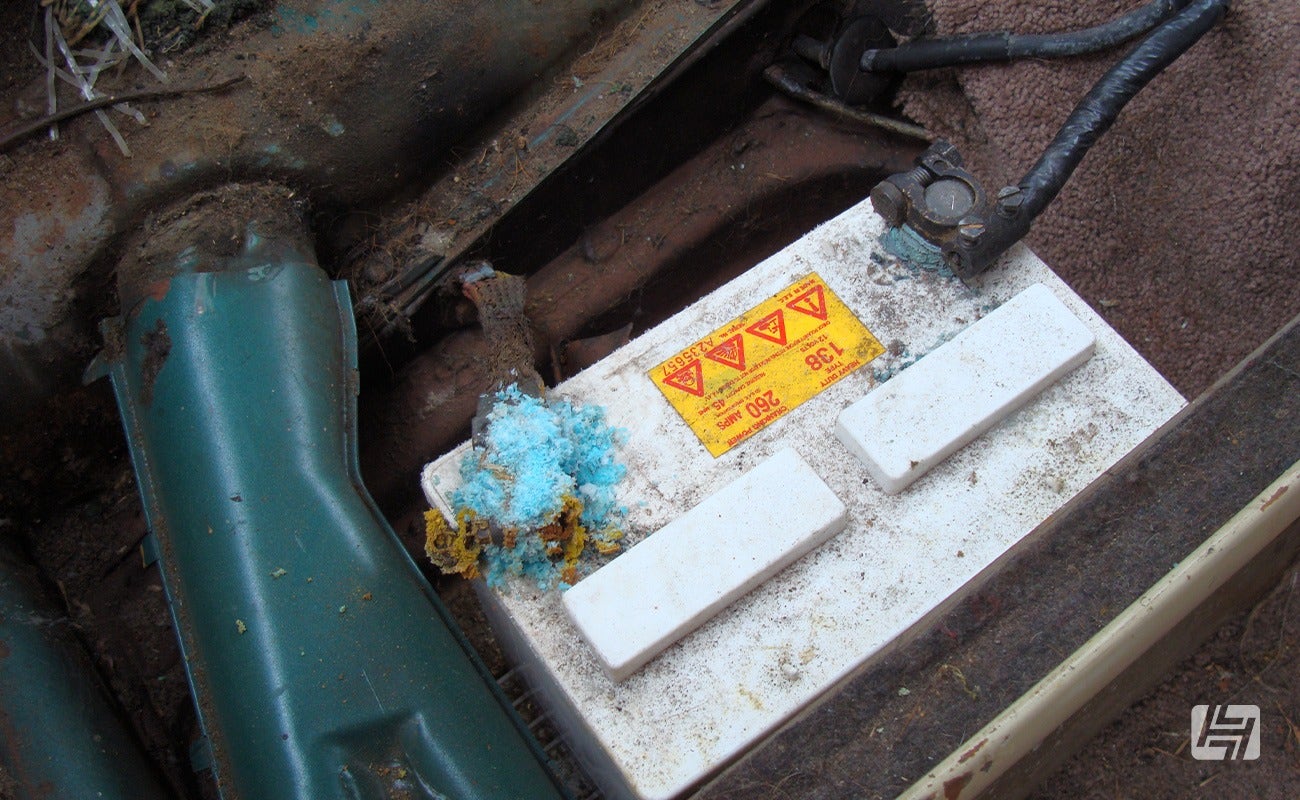

6. Check essential electrical components
Before venturing out on the road you should ensure you have front and rear lights, brake lights and indicators. If any of them have stopped working you should replace the bulbs and/or check the connecting wires and earth points for corrosion. Fuses can blow and the ends of old-style fuses can corrode in the fuse holders. Sometimes a simple twist with your fingers is enough to clean the contact surface and get a fuse working again, if not some wet and dry paper or a soft wire brush will do the trick.


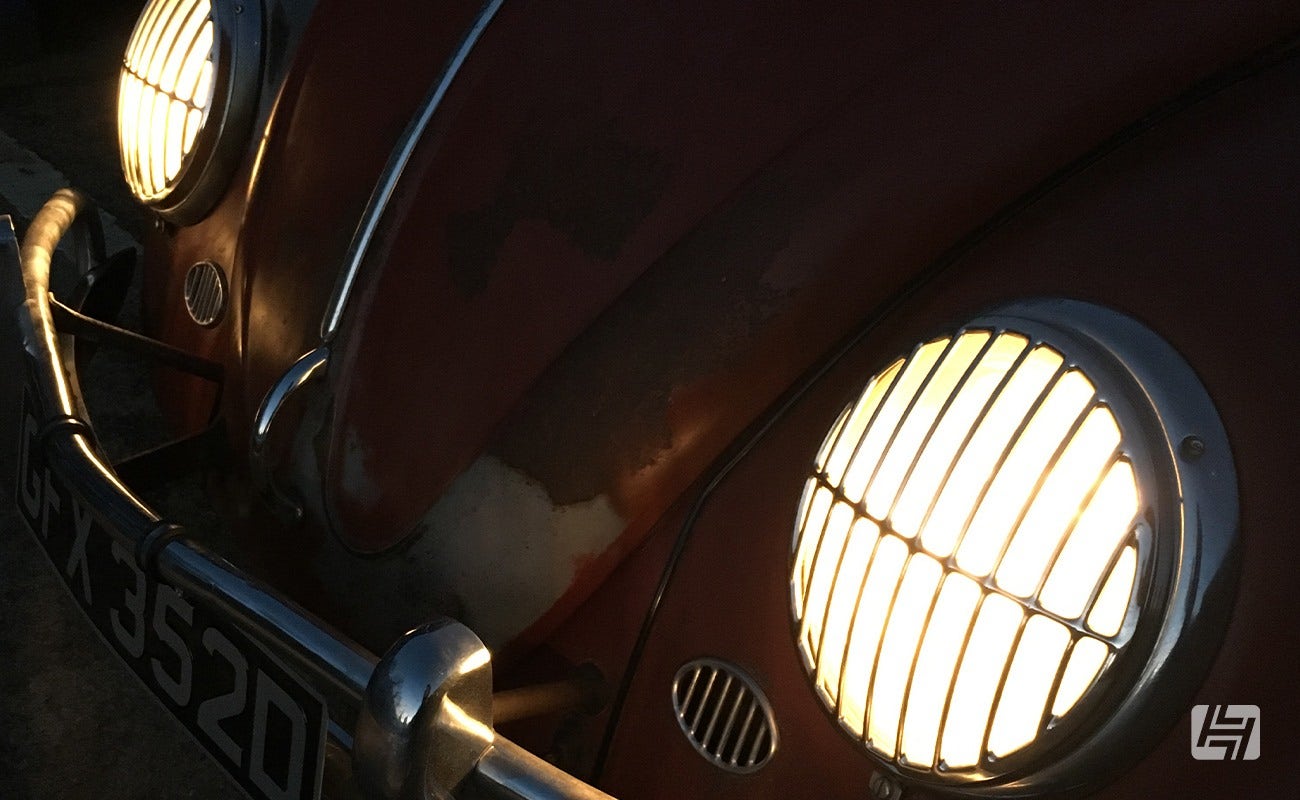

7. Firing it up and fault finding
If everything all checks out, ensure the car is out of gear and give the key a turn. Your engine may take a bit of cranking to get the fuel up to the carburettor and sometimes the fuel pump pushrod can stick. A few light taps can bring it back around and a squirt of Easy Start or a little fuel down the carburetor can help things along too. If the engine only turns over slowly, it’s usually a weak battery or poor connection. If the starter motor only clicks but doesn’t spin it could be a sticking solenoid. If you encounter that, put the car in gear and rock it back and forth to see if that breaks it free. If not, some gentle persuasion with a hammer should provide a short-term solution to starter motor issues. If you have fuel to the carb but the engine spins over quickly and still won’t start, the issue will be with the electrical system and a lack of spark. Check the points, condenser, ignition coil and plug leads. Engines are simple things and all they need is fuel, air and spark to run. Oh, and if you have a water-cooled car it'll need coolant, so check the radiator and expansion tank are suitably topped up. Once your car is running you should allow it to warm up. This may take a while and a few revs before it settles into a smooth idle, so give it a chance, ideally outside or at the very least, with the garage door open so you don’t gas yourself with exhaust fumes. Don't park it too close to your freshly painted white walls... Warning lights on the dash will indicate problems, like the alternator not charging the battery, in which case you’ll need to investigate further before venturing out on the road. With the engine running, take a moment to walk around and inspect it again, look for any smoke or fluid leaks and keep an ear open for unusual noises.
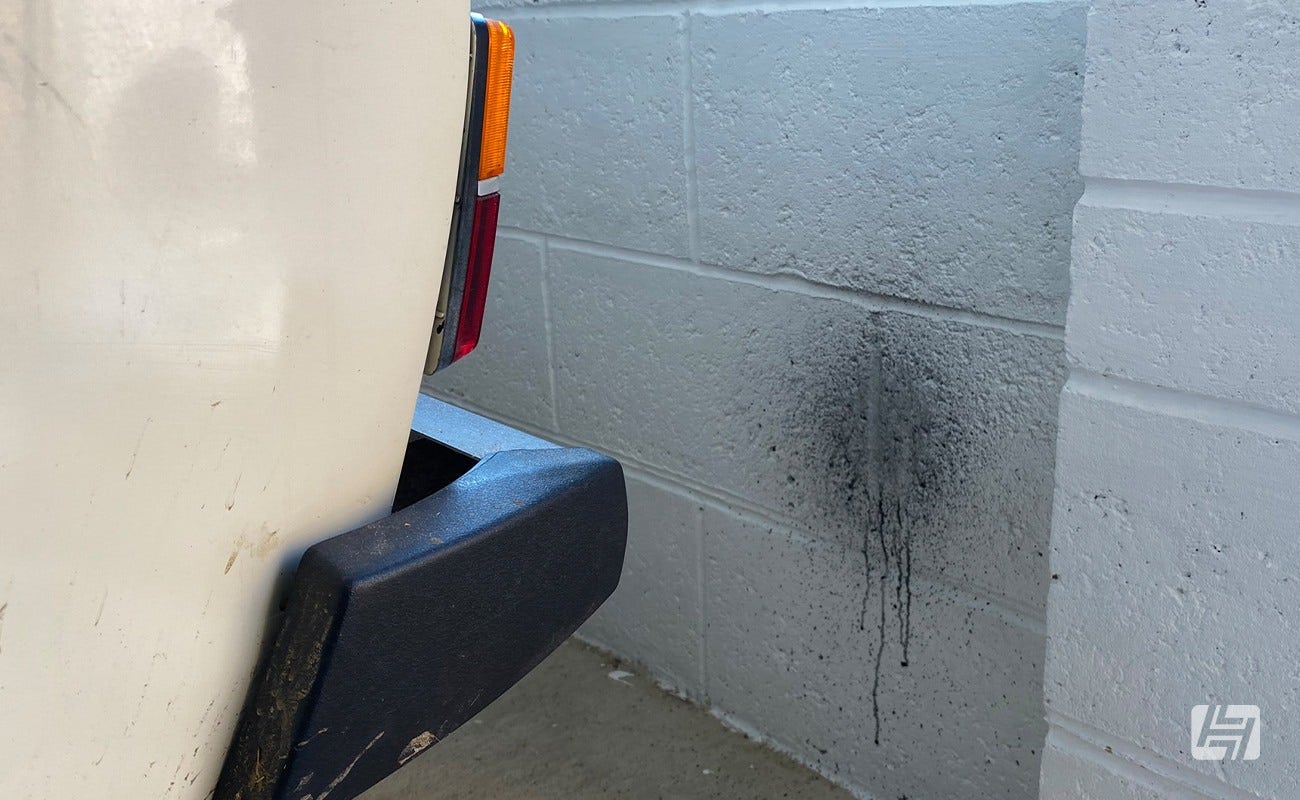

8. First drive
If everything has gone to plan, your car has started and is purring like a kitten you need to cool your jets. Make sure you have a few tools on board and your mobile phone just in case. You don’t want to find yourself stranded miles from home so a quick 20-minute drive around your neighbourhood is a good first drive of the year. That way you’ll be closer to home if you discover any issues, like brakes pulling to one side or an engine misfire. You should also check your car is insured, taxed, MoT’d (if it needs one) and you have adequate breakdown cover. This all sounds like a buzzkill, but if you own an old car then looking after it is all part of the fun, isn’t it?
Now get out and enjoy it.
Good luck.
James




 Beetle
Beetle
 T2 Bay
T2 Bay
 T2 Split
T2 Split
 T25
T25
 Transporter T4
Transporter T4
 Transporter T5
Transporter T5
 Golf Mk1
Golf Mk1
 Golf Mk2
Golf Mk2


 911
911
 996
996
 997
997
 986 Boxster
986 Boxster
 987 Boxster
987 Boxster
 912
912
 944
944
 924
924


 Defender
Defender
 Discovery Series 1
Discovery Series 1
 Discovery 2
Discovery 2
 Series 1, 2 & 3
Series 1, 2 & 3
 Freelander
Freelander
 Freelander 2
Freelander 2
